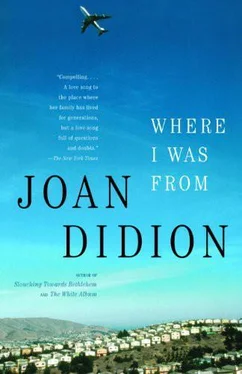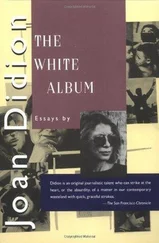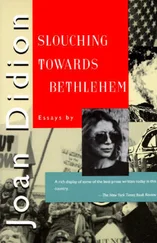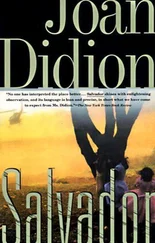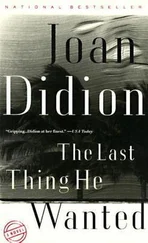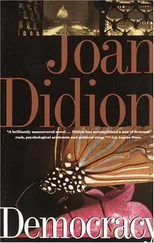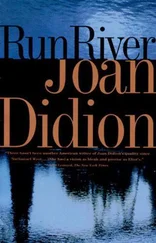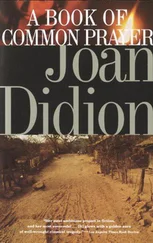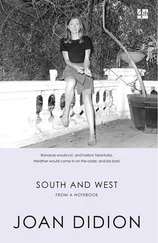Such hostility was by no means unknown in more settled parts of the country, but rarely was it so intricately codified by law. The Foreign Miners’ License Tax of 1850 had exacted a monthly fee of any non-citizen who wanted to work a claim. In 1854, an existing law prohibiting Negroes and Indians from testifying in court had been extended to also prohibit testimony by Chinese. The state legislature had barred “Mongolians, Indians, and Negroes” from public schools in 1860; had barred Chinese from employment in corporations or on public works projects in 1879; and had amended an existing miscegenation law to include Chinese in 1906. The state Alien Land Acts of 1913 and 1920 would for more than thirty years effectively prohibit land ownership in California to both Asians and their American-born children.
It was in this spirit that the two “real” Americans, Saxon and Billy, set out in search of government land, the 160 free acres which were, as they saw it, their due. This conviction of entitlement was another familiar California note, and a particularly complicated one, since the idea of depending on the government of course ran counter to the preferred self-image of most Californians. Yet such dependence was, even then, almost total. It had been, as we have seen, federal money, spent on behalf of a broad spectrum of business interests, that built the railroad and opened the state to the rest of the world. It had been and would be, as we have seen, federal money, again spent on behalf of a large spectrum of business interests, that created what was no longer locally even called agribusiness, just “ag.” The rationalization that resolves this contradiction is, in The Valley of the Moon , fairly primitive: the government owes Saxon and Billy free land, Billy reasons, “for what our fathers an’ mothers done. I tell you, Saxon, when a woman walks across the plains like your mother done, an’ a man an’ wife gets massacred by the Indians like my grandfather an’ mother done, the government does owe them something.”
The land on which Saxon and Billy finally settle is the actual Valley of the Moon, in Sonoma County, and their discovery of it prefigures many of the doubtful sentiments that would later surface in the paintings of Thomas Kinkade. They arrive in the valley just as “sunset fires, refracted from the cloud-driftage of the autumn sky” turn the landscape “crimson.” They see a stream, “singing” to them. They see “fairy circles” of redwoods. They see, at a distance, a man and a woman, “side by side, the delicate hand of the woman curled in the hand of the man, which looked as if made to confer benedictions.” This magical bonding continues, again as if touched by the Kinkade Glow:
Perhaps the picture made by Saxon and Billy was equally arresting and beautiful, as they drove down through the golden end of day. The two couples had eyes only for each other. The little woman beamed joyously. The man’s face glowed into the benediction that had trembled there. To Saxon, like the field up the mountain, like the mountain itself, it seemed that she had always known this adorable pair. She knew that she loved them.
Only later does Saxon discover what the reader (by this point almost four hundred pages into The Valley of the Moon) may well have suspected early on: “this adorable pair” are in fact “old stock that had crossed the Plains,” keepers perhaps of their own iconic potato masher, in any event kindred souls who “knew all about the fight at Little Meadow, and the tale of the massacre of the emigrant train of which Billy’s father had been the sole survivor.” Their rightful place in the California fable validated, Saxon and Billy settle in, determined to redeem the birthright of the “old stock” through the practice of scientific agronomy, which London himself imagined that he and his second wife, the woman he called his “Mate-Woman,” Charmian Kittredge, were perfecting on their own Sonoma ranch. London’s letters from this period speak of “making the dead soil live again,” of leaving the land “better for my having been,” of unremitting industry, transcendent husbandry. “No picayune methods for me,” he wrote. “When I go in silence, I want to know that I left behind me a plot of land which, after the pitiful failures of others, I have made productive…. Can’t you see? Oh, try to see! — In the solution of great economic problems of the present age, I see a return to the soil.”
This was another confusion. His crops failed. His Wolf House, built to last a thousand years, burned to the ground before he and the Mate-Woman (or, as he alternately called Charmian, the Wolf-Mate) could move in. His health was gone. He battled depression. He battled alcoholism. At one point in 1913, the year Wolf House was completed and burned, he had only three dollars and forty-six cents left in the bank. In the end only the Mate-Woman kept the faith: “I am crazy for everyone to know about Jack’s big experiment up here,” Charmian Kittredge London wrote to a friend, Tom Wilkinson, on December 15, 1916. “So few persons think of it at all in connection with him — they slobber about his this and his that and his the other, and say nothing about his tremendous experiment — practical experiment — up here on Sonoma Mountain.” Just three weeks before this letter was written, Jack London had died, at forty, of uremic poisoning and one final, fatal, dose of the morphine prescribed to calm his renal colic. In the last novel he was to write, The Little Lady of the Big House , he had allowed his protagonist and author-surrogate to ask these questions, a flash of the endemic empty in a work that is otherwise a fantasy of worldly and social success: “Why? What for? What’s it worth? What’s it all about?”
THE Bohemian Club of San Francisco was founded, in 1872, by members of the city’s working press, who saw it both as a declaration of unconventional or “artistic” interests and as a place to get a beer and a sandwich after the bulldog closed. Frank Norris was a member, as was Henry George, who had not yet published Progress and Poverty. There were poets: Joaquin Miller, George Sterling. There were writers: Samuel Clemens, Bret Harte, Ambrose Bierce, Jack London, who only a few months before his death managed to spend a week at Bohemian Grove, the club’s encampment in the redwoods north of San Francisco. John Muir belonged to the Bohemian Club, and so did Joseph LeConte. For a few years the members appear to have remained resolute in their determination not to admit the merely rich (they had refused membership to William C. Ralston, the president of the Bank of California), but their over-ambitious spending, both on the club in town and on its periodic encampments, quite soon overwhelmed this intention. According to a memoir of the period written by Edward Bosqui, San Francisco’s most prominent publisher during the late nineteenth century and a charter member of the Bohemian Club, it was at this point decided to “invite an element to join the club which the majority of the members held in contempt, namely men who had money as well as brains, but who were not, strictly speaking, Bohemians.”
By 1927, a year after George Sterling committed suicide during a club dinner for H. L. Mencken by going upstairs to bed and swallowing cyanide (he had been depressed, he had been drinking, Frank Norris’s brother had replaced him as toastmaster for the Mencken dinner), the Bohemian Club was banning from its annual art exhibit any entry deemed by the club “in radical and unreasonable departure from laws of art.” By 1974, when G. William Domhoff, then a professor of sociology at the University of California at Santa Cruz, wrote The Bohemian Grove and Other Retreats: A Study in Ruling-Class Cohesiveness , one in five resident members and one in three nonresident members of the Bohemian Club was listed in Standard & Poor’s Register of Corporations, Executives, and Directors. Among those attending the summer encampment at Bohemian Grove in 1970, the year for which Domhoff obtained a list, “at least one officer or director from forty of the fifty largest industrial corporations in America was present…. Similarly, we found that officers and directors from twenty of the top twenty-five commercial banks (including all of the fifteen largest) were on our lists. Men from twelve of the first twenty-five life-insurance companies were in attendance (eight of these twelve were from the top ten).”
Читать дальше
Конец ознакомительного отрывка
Купить книгу
